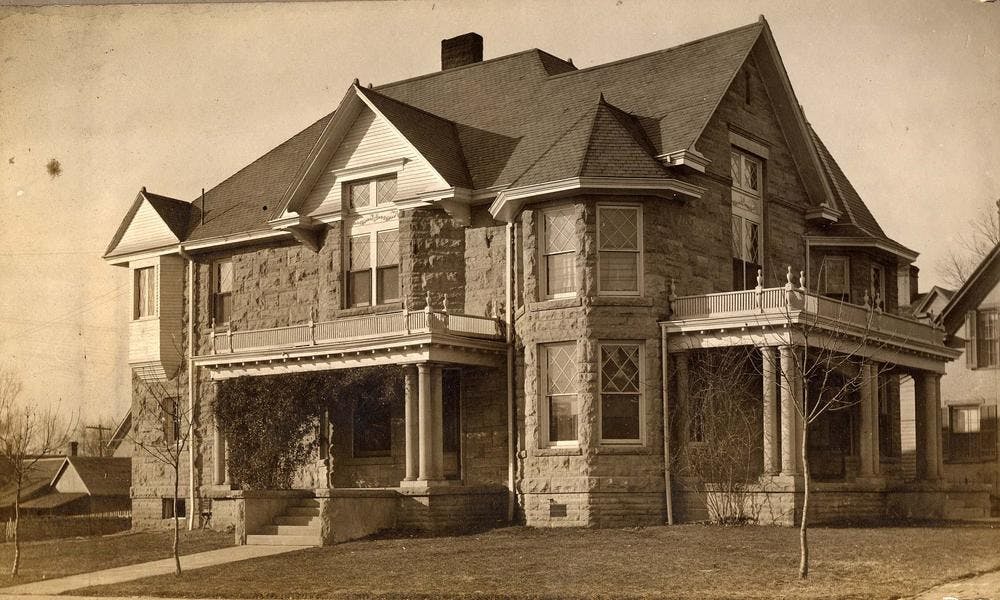The location of Herman B Wells library used to be Phi Delta Theta, the Laughing Planet Cafe used to be Sigma Nu and the Informatics East building used to be Beta Theta Pi.
Senior David Marvin set out to document these houses and the history of IU greek life with the help of university archives.
Marvin, who was a member of Sigma Nu before it was suspended, created an interactive map showing the history of greek houses from the 1930s until now. He started in the fall of 2017 and published it in the spring as part of his research as a bicentennial intern.
“I didn’t realize how drastically campus had changed,” he said. “It didn’t always used to be this behemoth of a campus with more than 40,000 students.”
Marvin started by finding a hand-drawn map from the archives that showed the location of each greek chapter in 1939, when the map was created. He then overlaid a satellite map of IU’s current campus layout, so viewers can compare the two.
Assistant project manager of the IU bicentennial Angel Nathan guided Marvin with his research.
“It is always intriguing to see what time does to a particular space,” she said.
Nathan said finding information about greek life can be difficult because much of the history is held within the individual chapters. But to ensure as much historical accuracy as possible, the project was overseen by a university historian, she said.
Marvin said he was most surprised at the lack of development on North Jordan Avenue. This is where the majority of greek houses are now but not did not move until after World War II.
In the mid-1920s, a real estate developer named Ralph Crowl bought land on the east side of campus, on Jordan Avenue near the Neal-Marshall Black Culture Center, and built ten houses, according to the interactive map. This became IU’s main greek neighborhood, called the Jordan Circle.
Now, the only greek house left there is Delta Gamma.
It was not until 1949 when then-President Herman B Wells introduced the Indiana Plan that greek housing began to look like what it does today.
After World War II, Wells decided the campus needed to expand to fit the new rush of students and returning soldiers, Marvin said.
“They basically just poured a bunch of money into housing,” Marvin said.
Over the years, 31 chapters moved to North Jordan Avenue and the extension, according to the map.
Marvin said he enjoyed learning more about the National Pan-Hellenic Council, the historically black greek organizations, throughout his project.
Chapters of the National Pan-Hellenic Council do not currently have official houses at IU.
“It’s really unfortunate, especially because they mean so much to the history of the university,” he said.
Many chapters from both the National Pan-Hellenic Council and the Panhellenic Association had houses located where current businesses or IU academic buildings are now.
The Indiana University Police Department on 17th Street used to be a house for members of Kappa Alpha Psi. The faint greek letters can still be seen on the building.
Marvin said he hopes viewers will recognize the differences as they walk through campus after looking at the map.
“I want people to say, ‘Oh that building used to be this,’ or, ‘Oh that house used to be this,” he said. “It really conceptualizes everything for you.”




